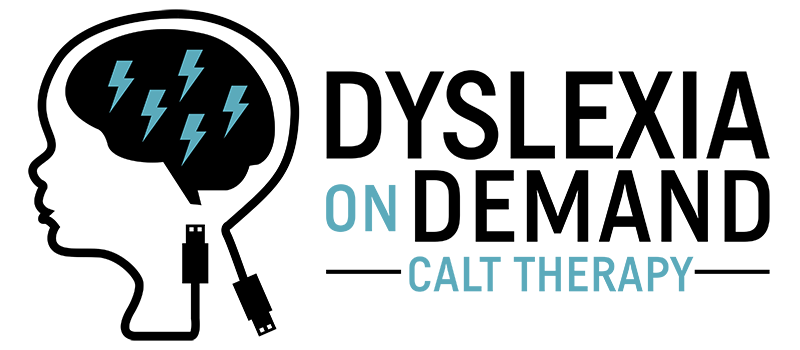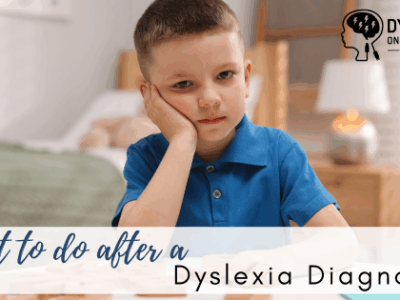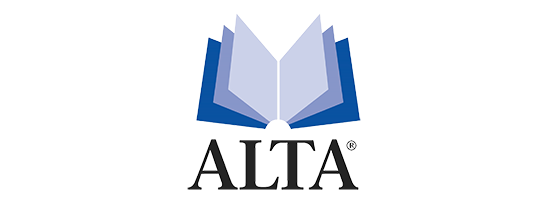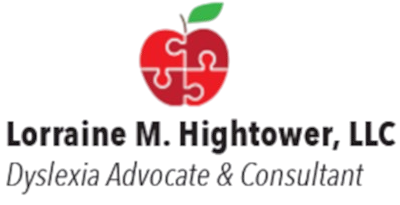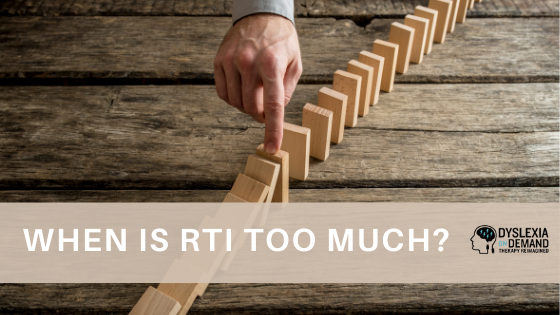
When is RTI Too Much?
Let’s begin with yet another acronym…RTI. Acronyms are the way of the world of Special Education and servicing children with learning disabilities. And they can often leave you too exhausted and overwhelmed to push forward with learning more. For those who don’t know this one, RTI stands for Response to Intervention. It is a term that is ingrained into our school identification system for children with learning disabilities such as dyslexia. RTI, in fact, is one of the necessary steps the school moves through in order to determine need for a Full Individual Evaluation through Special Education.
What Is RTI?
Response to Intervention (RTI) is a multi-tiered approach to the identification and support of students with learning disabilities and behavioral needs. Struggling learners are provided with interventions at increasing levels of intensity to accelerate their rate of learning. When this isn’t successful, it is generally a flag for a larger underlying problem. The student’s RTI team typically moves toward testing for Special Education.
Tier 1, Tier 2, and Tier 3 are common terms in the RTI process but can vary slightly between school districts. As a general framework, Tier 1 is the least restrictive, progressing up through the levels in intensity. States allow each district or campus to develop their “standards” and timeframes for how each child moves through the RTI tiers.
- Tier 1: Low Risk: Tier 1 suggests “universal programming” for the whole classroom but can also include differentiated or small group instruction provided by the classroom teacher. Once determined “at risk,” students should stay at this level for no longer than 8 weeks (2 months). In theory, this should describe roughly 80% of the students on a particular campus.
- Tier Two: Some Risk: Tier 2 is small group instruction, in or out of the classroom, that includes differentiation and interventions for 1-2 times per week. Depending on availability of support staff, this can be more frequent. Although this differs by district or campus, students can remain in Tier 2 for as long as 20 weeks (5 months). Fifteen percent of campus students should be receiving Tier 2 support at any given time.
Tier 3: At Risk: This is the most intensive level with more highly targeted support with 4 or more times per week. By the time we have entered this tier, we would hope that students have officially been nominated by the school for psycho-educational testing to identify potential learning disabilities or other exceptionalities. When categorizing a campus, about 5% of students should be receiving this level of support.
This seems like a good enough system, right? When executed correctly and the right intervention programs exist in the schools, the answer is yes! But the reality is that it doesn’t always look like that.
So What’s the Issue?
In a lot of schools, RTI is “just a bureaucratic system for getting kids into special education.” (Shaywitz).
Instead of giving kids IQ and reading tests in a timely manner, the system seeks a discrepancy in scores to justify a learning disability such as dyslexia. And they find struggling readers, send them down the hall for part of their instructional day. And they test the hell out of them with tests that can’t possibly identify whether growth and learning are taking place. The other option is they move them lockstep through “research-based” instructional programs. In other words, the RTI process can often emphasize compliance rather than encouraging schools to solve the root of the problem with the child.
In particular for dyslexia, when a suspected student is identified, they enter into the spin cycle of RTI for an extended amount of time. The student receives small group intervention in the same ineffective instructional method as they previously were in the classroom. Knowing that the “style” of instruction needed for children with dyslexia differs from the typical instruction provided in the classroom or small group, this isn’t helpful.
Without properly moving toward testing in a timely fashion, all that happens is we lose precious time in identification and possible intervention. When Tier 2 timeframes can last as long as 5 months, we lose precious time that we could be using for appropriate research-based intervention. The schools place many in small group for an extended amount of time just “waiting for them to fail further.”
How Do We Solve the Problem?
As a parent, if you suspect dyslexia, know that you are not at the mercy of the school system to dictate when testing occurs in the Special Education system. It is YOUR RIGHT as a parent to be granted a Full Individual Evaluation and bypass the school’s RTI policy if you have concerns. Instead of allowing your child to “fail further,” we can consider avoiding the RTI steps and move directly into the IQ and specialized reading tests needed for identification. The ability to do so is part of your afforded rights through the Individuals with Disabilities Education Act. The faster we have a dyslexia diagnosis, the faster we can get the needed accommodations in place for success. Of course, if your school does offer appropriate Orton Gillingham, evidence-based instruction, these interventions can also take effect. If not, parents can be ready to locate quality dyslexia therapy such as what is found at Dyslexia On Demand to turn the ship around for their children, both academically and emotionally.
